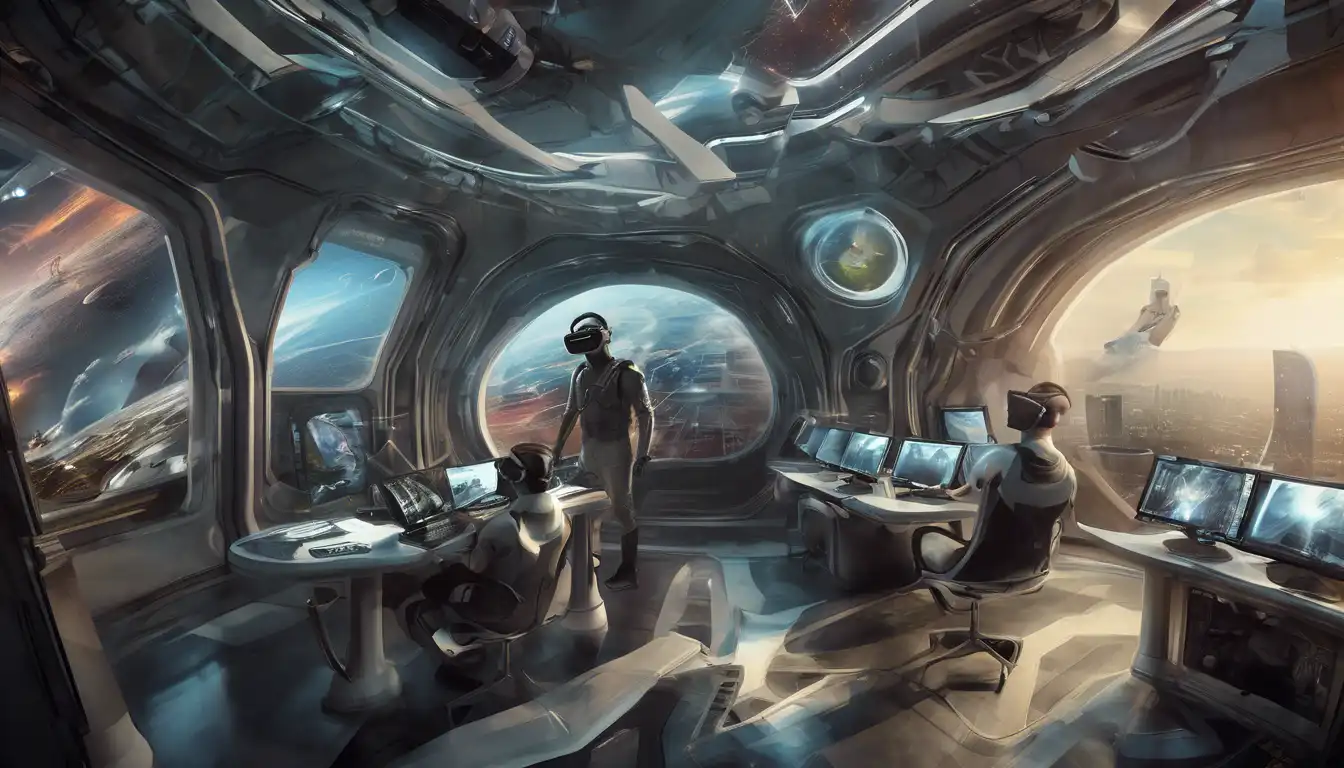Introduction to Virtual Reality
Virtual Reality (VR) has emerged as a groundbreaking technology that is reshaping how we interact with digital environments. From immersive gaming experiences to revolutionary training simulations, VR is setting the stage for a new era in tech innovation.
The Evolution of Virtual Reality
The journey of VR from a sci-fi fantasy to a tangible technology has been nothing short of remarkable. Early experiments in the 20th century laid the groundwork for today's advanced VR systems, which offer unparalleled immersion and interactivity.
Applications of Virtual Reality
VR's applications span across various sectors, including:
- Education: Virtual classrooms and interactive learning modules.
- Healthcare: Surgical simulations and patient therapy programs.
- Real Estate: Virtual property tours and architectural visualizations.
- Entertainment: Immersive games and virtual concerts.
Challenges and Opportunities
Despite its potential, VR faces challenges such as high costs and technological limitations. However, ongoing advancements are paving the way for more accessible and versatile VR solutions.
The Future of Virtual Reality
As VR technology continues to evolve, its integration with augmented reality and artificial intelligence promises to unlock even more possibilities. The future of VR is not just about creating virtual worlds but enhancing our real-world experiences.
Conclusion
Virtual Reality stands at the forefront of technological innovation, offering endless opportunities for growth and transformation. As we venture into this next frontier, the potential for VR to revolutionize industries and enrich lives is limitless.
